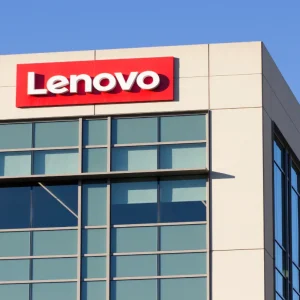
Jive Software CEO, Tony Zingale
What are the main differences between social tools and social business software?
The main difference is social business tools are all about getting work done and so applying the concepts of social tools with respect to an activity stream, trending content and people but applying those concepts to the work place. This can involve how sales people sell more; how customer service people resolve problems more expeditiously or how marketing employees work across a global campaign. It’s about taking all of the benefits of collaborative communication described as social and using that in the workplace where the tool of choice today is often traditional email.
Why do you think social business software will go mainstream this year? Social tools are flourishing but many businesses have yet to implement a social media strategy, let alone social software.
Jive software is a company that pioneered the social business space for more than 12 years. We recently went public at the end of 2011; we have 600 employees and completed a fabulous year in 2012 where we grew 50% year-over year. There are many companies in this space that have competitive offerings. Research by McKinsey found that there is a trillion dollars worth of workforce productivity waste. The way to make work forces more productive is by deploying social technology tools so that we can collaborate and communicate more effectively. 2013 is the year that these types of technologies will go mainstream. Jive has more than 800 customers that have seen significant results and benefits through the use of this technology. So from our point of view the time has come for these technologies to be deployed in mass to mainstream companies, particularly here in Europe. Europe has been 25% of Jive’s business historically and we are doubling the size of our staff in 2013 to accommodate this increased market opportunity.
How can businesses measure ROI when investing in social business software?
The McKinsey report I mentioned earlier talked about 28 hours of a 40 hour week being wasted on emails and looking for information. This leads to unproductive and inefficient ways to get work done and find information. I think businesses have to measure the current state of affairs. The use of social technologies we’ve seen results in work forces becoming at least 15% more productive. Sales people in fact get up to speed in a third less time and companies do 21% less email as a result of the social business software and scale.
Why do you think businesses aren’t adoption social business software at a rapid pace?
There are two dimensions to the adoption curve. The first and foremost one is the most silicon valley is always consumed with- which is the technology itself. They focus on if the technology broad and if it’s deep. Silicon Valley also finds it important if the technology connects to everything that’s already present in the enterprise and if it can connect externally to social media tools. The use of social tools in enterprise also involves a more challenging dimension which has to do with behavioural and cultural change. The willingness for everyone to collaborate and communicate together is something that corporations aren’t used to. The company-wide email and the company-wide employee meeting are things that are used in a very random way. The cultural and behavioural change is necessary to embrace and adopt a new way to communicate and essentially a new way to get work done.
Jive is now expanding to Europe, what are the main differences you notice between tech city and Silicon Valley?
I think Silicon Valley is really dominated by early adopters of technology companies and individuals that are willing to take risks and deal with the immaturity of solutions and business values that these solutions in fact deliver upon. When the technology goes mainstream in areas like Tech city – which also has its set of early adopters as well – It’s more representative of companies and individuals that would like to follow what’s already taken place and take advantage of the lessons learned. This allows them to move quickly in realising the return on investments that they’re making. So Silicon Valley is more comprised of early adopters and I believe that Tech city is more comprised of pragmatic buyers.
Jive says that Nike and PWC reported a 15% increase in productivity and 4% growth in revenue. How did Jive directly help in the revenue increase?
Our companies saw in a variety of different cases a 15% increase in workforce productivity. When a workforce is more productive they drive more revenue. This is every CEO’s interest- how to drive more top line growth. A more corporate aligned workforce is a more revenue producing workforce. McKinsey helped us measure the impact of the more productive workforce and it ranged between 2 and 4%, which is massive for companies on that scale.
In three words what would you say to CIOs to prove the value of investing in social business software?
Disruptive. Productivity. New direction.






